FS Colour Series: Autumn Gold inspired by Johannes Vermeer’s Intimate Light
Vermeer was a master of understatement, crafting exquisite, enigmatic beauty from quiet scenes of domestic life. AUTUMN GOLD linen’s warm indulgent tone takes its cue from the golden light that ignites these hushed interiors and makes them shine with the gloss of precious metal. Strategically placed strands of complimentary colours including Delft blue and china white allow yellow tones to resonate and sing out even brighter, transforming ordinary interiors into magical places of silent wonder. Artist Irwin Greenberg observed, “Vermeer found a life’s work in the corner of a room.”
Not much is known about Vermeer’s early life, aiding his reputation as “The Sphinx of the Delft”, a term coined by art historian Thore Burger in the 19th century. Born Johannes van der Meer in the Delft area of the Netherlands in 1632, Vermeer trained to become a painter, perhaps with either Carel Fabritius or Leonaert Bramer although some have speculated he many have even been self-taught. His father was an art dealer, lending him first-hand experience with artworks from a young age, while he also dabbled in dealing himself as an adult when times were tough. Married at the age of 20, Vermeer moved to live with his wife’s family, which is thought to be the setting for the majority of his interiors. There they raised 11 children, though Vermeer’s extravagant taste for the finest props and art materials often left them in dire financial straits. Rising to prominence during the Dutch Golden Age, Vermeer’s work was quieter and more contemplative than that of his contemporaries, while his output was relatively small, with only 35 known paintings in existence today.
In an early and much reproduced work, The Milkmaid, 1657-58, Vermeer demonstrates with dazzling brilliance his ability to convey form projecting outwards in space, as his muse is given weight and solidity through careful chiaroscuro modelling against a stark white backdrop. Golden yellow and china blue rub up against one another, making each appear more vivid and entrancing. Made several years later, in A Woman Holding a Balance, 1662–1663 muted shadow is cast across the space lending it a tranquil, sombre tone as Vermeer’s model idly disappears into a private reverie. Shadow is pierced open by streaks of light that catch the golden curtain, picture frame and the sitter’s dress, drawing our eyes across them and towards jewellery scattered over the table that glistens like treasure.
Daylight floods another small space in Woman with a Pearl Necklace, 1664 as a golden yellow curtain falls like a strand of shimmering sunlight, mirroring the rich tone of the model’s clothing as both warm ochres sing out with warm vitality against white walls and dense black shadow. By the time he painted The Music Lesson, 1665, Vermeer’s paintings had become more spatially and texturally complex; such finely skilled, photographic detail led historians centuries later to assume he used a camera obscura as an aid to painting. Riotous colour and pattern open out across the scene in this painting, but it is the decadent golden yellow of the musical instruments and sun streaked window panes that pull the scene together into one.
Made towards the end of his career, The Art of Painting, 1670 is one of Vermeer’s most iconic paintings, reflecting on the meditative act of making art as much as the portrayal of real space. The female muse holds a golden book that shines with a mystical aura against the iridescence of her blue robe, while jostling textures beyond descend into shadow, rippling gently with light and dark golden tones. Moving across a glossy chandelier and into sumptuous, heavy fabrics beyond, earthy yellows make the entire scene glow with radiating warmth, lending it an inner spiritual essence.





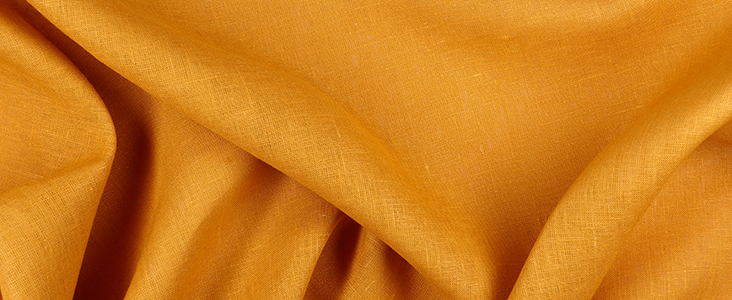
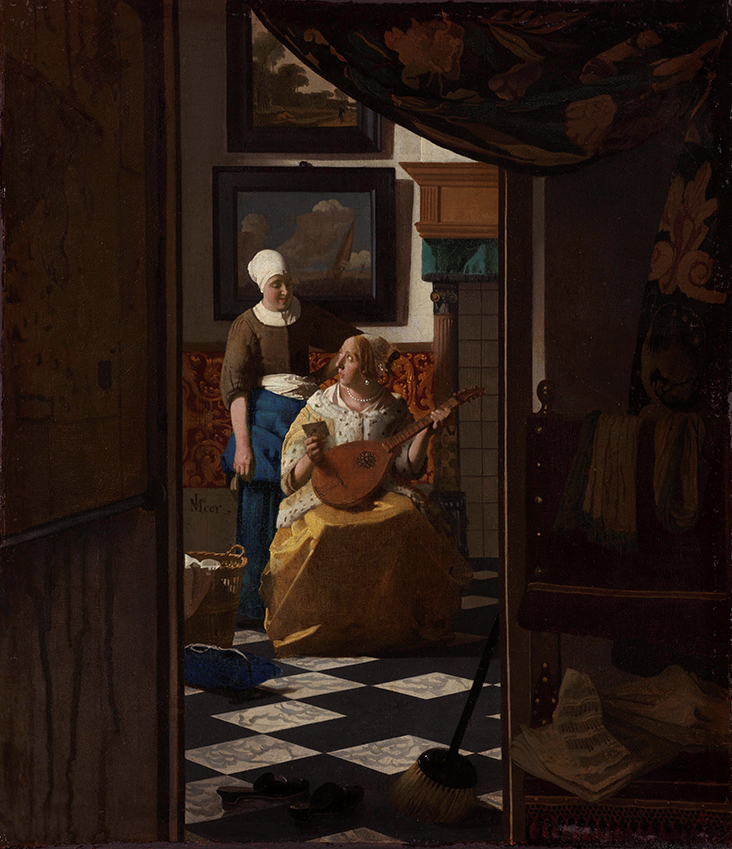
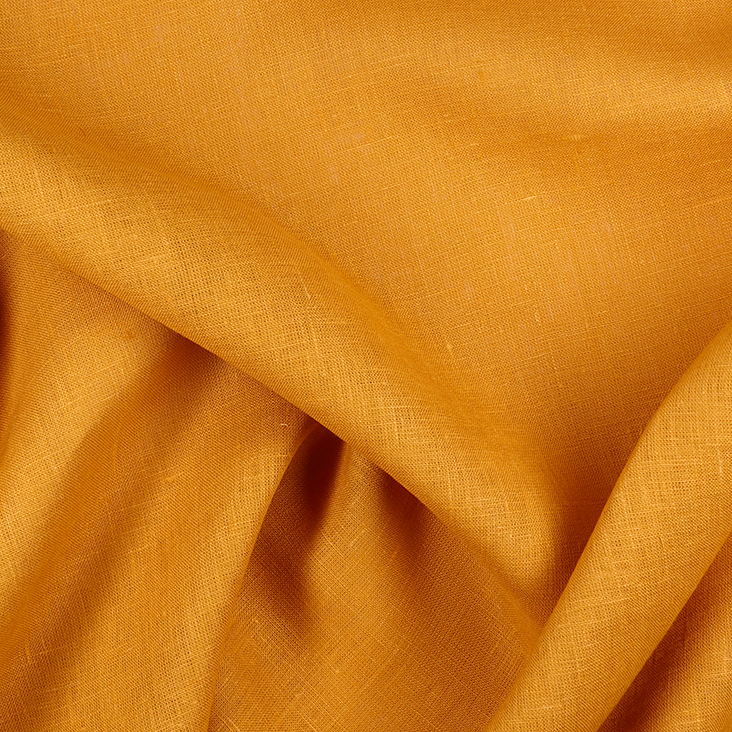

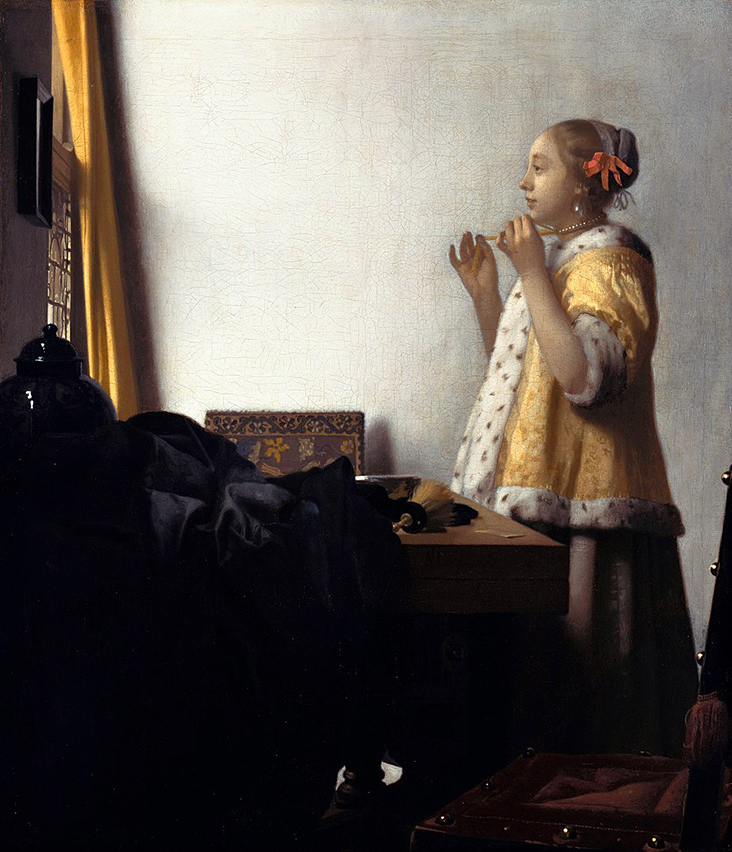
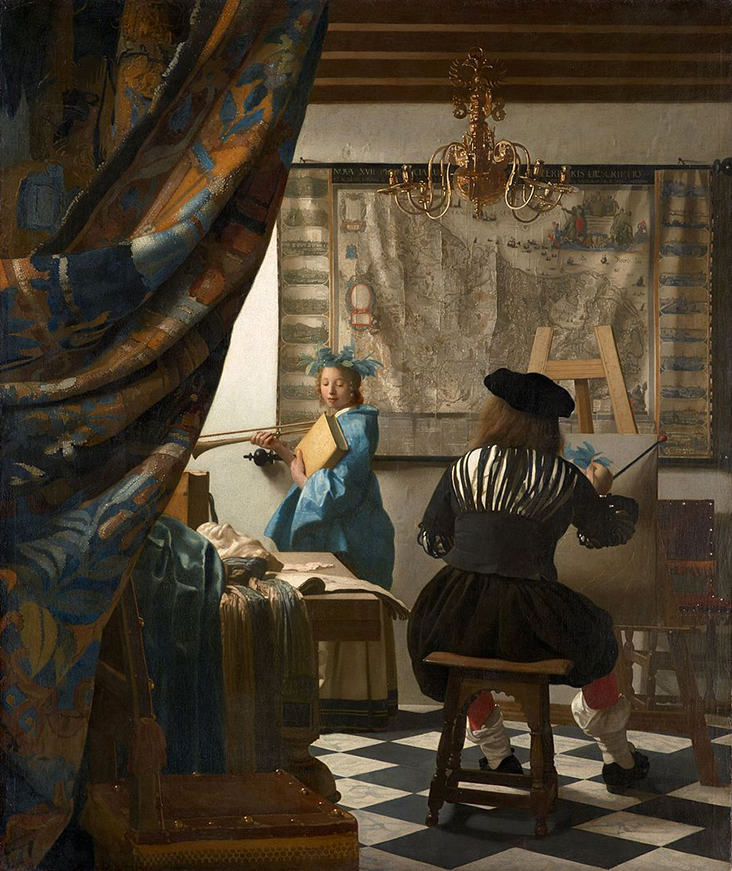














































Leave a comment